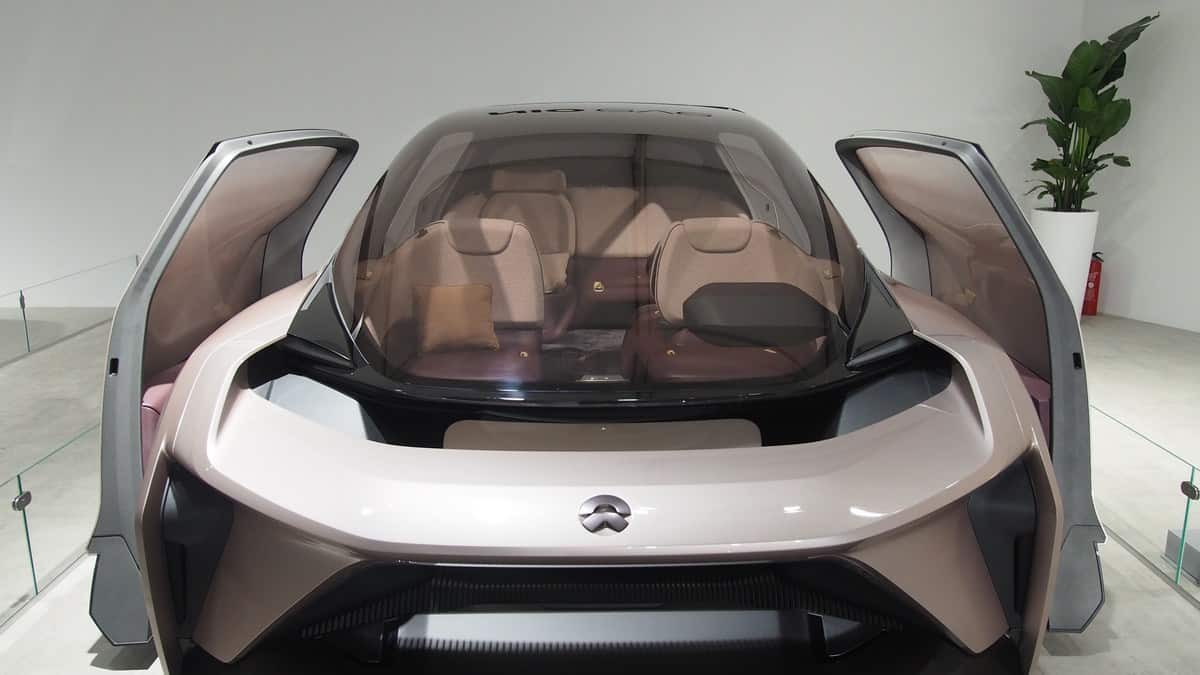IDTechEx, the consulting, publishing, and research company believes that Europe will continue to be a charging-dominant market with a concentration on direct current (DC) fast charging deployment, and the number of swapping stations will remain low.
Additionally, forecasts for the global adoption of this technology outside of China are included in IDTechEx’s new report, “Battery Swapping for Electric Vehicles 2022-2032: Technology, Players, and Forecasts.“
According to Green Car Congress, battery swap stations are Nio’s trademark replenishment facility, and the company is presently the only one supplying such models to the general public. Although other Chinese companies produce models with battery swap support, these are solely available for the taxi market.
As of August 2022, Nio had 1071 swap stations in China. Nevertheless, the company plans to increase its sales and swap station infrastructure throughout Europe.
By the end of this year, Nio anticipates having 20 swap stations operating around Europe in nations including Germany, the Netherlands, Denmark, and Sweden, in addition to the two swap stations that are now operational in Norway. For the time being, these swap stations in Europe are still considered new, but they will work in conjunction with plug-in infrastructure to provide more public charging options.
It is reported that Nio will introduce battery swapping technology in areas that have dismissed it as too capital-intensive due to its growth potential in international markets.
To further prove that their infrastructure would not contribute to peak demand but rather help keep it from escalating, Nio is testing grid-balancing via its swap station batteries. Notably, each station has 600-700 kWh energy storage capacity at any given time.
As per the company, its battery swap stations modified the power load by a total of 8 MWh in five days without interfering with normal service to owners. This is equivalent to saving the real-time electricity usage of more than 3,000 ordinary residential families. Battery swapping stations have this exceptional quality, which might be used in the future to transform them into grid-supporting units.
The ability to keep up with changing battery chemistries is another significant advantage of swapping. In fact, WeLion is anticipated to send Nio a small batch of 150 kWh semi-solid-state batteries in September. Meanwhile, Nio is expected to begin using them in the fourth quarter.
Impressively, the 75 and 100 kWh batteries currently in use will be able to be upgraded overnight owing to their battery swapping network. While for several battery swapping players, the IDTechEx research detailed their supply chains and energy storage capabilities.
Swapping is indeed significant to become more efficient by using smaller batteries.
Various companies employ unique swapping modes, which are as follows:
-Pack Swap: The most dominant mode of swapping entails replacing the complete battery pack at once when it is almost empty.
-Module Swap: A recent strategy that seeks to increase efficiency by dividing the battery into smaller, independent modules that are lighter and simpler to swap.
Pack swap is used by market leaders Nio and Aulton across their network of exchange stations in China. Meanwhile, Ample, which created its own 2.5kWh battery modules and used tiny robots to perform individual module changes, and CATL subsidiary EVOGO with its “Choco-SEB,” utilizes the module swap mode. Per their launch video, one Choco-Seb has a capacity of 26.5 kWh and delivers a range of up to 200 km.
It is worth noting that the end-user has more flexibility with module swaps, and their switching infrastructure is comparably less expensive. According to the latest IDTechEx research, module swaps will gain popularity over the next ten years. The report also analyzed the players who are placing bets on this approach.
Apparently, the need for swapping is not constant throughout the day, and stations closer to densely populated areas with swap-capable EV owners are likely to see higher demand than those in a remote location. Furthermore, when there is a spike in demand, “Replacement queuing” is frequently seen at a swap station.
Having said that, high-power DC fast charging will continue to be the most extensively used quick top-up charging solution. By 2032, there will be 350 times more charging outlets than swapping stations, according to an IDTechEx prediction.

